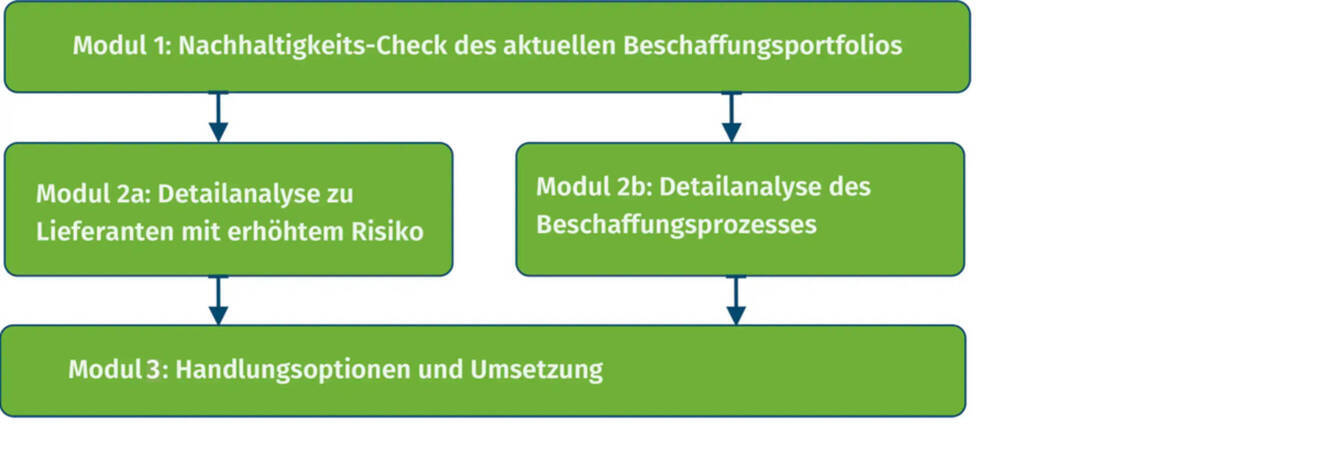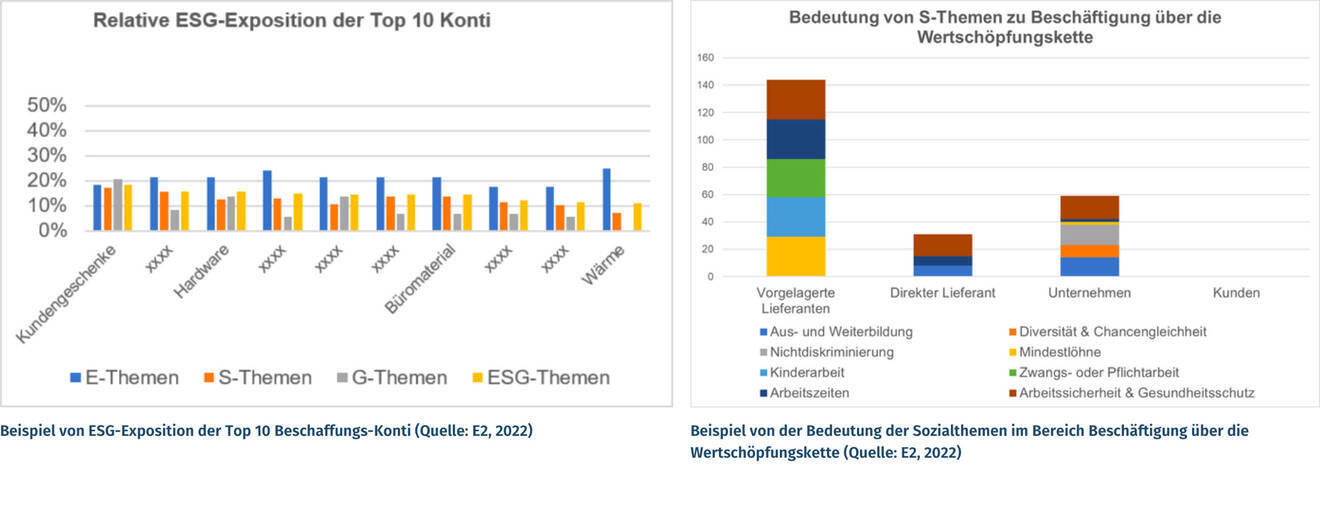Sustainable Supply Chain Management Spotlight on Sustainability in the Supply Chain
Leading companies have been reviewing and managing sustainability risks along their supply chains for some time. In addition, companies in Switzerland and the EU are obliged to do so.
Multiple challenges complex company’s
The complexity of a company’s supply chain leads to multiple challenges:
- There are numerous areas in the supply chain where environmental, social and governance (ESG) deficits exist that potentially do not meet the expectations of important stakeholders.
- Risks are more likely to be found in the activities of second tier suppliers, subcontractors or partners of direct suppliers, over which the company itself has very little direct influence.
- Managing these risks requires considered integration into supply chain management processes.
E2 Management Consulting AG Risks for the Company – Why Act?
As a result a company is increasingly facing numerous risks in the following areas:
- operational risks: low quality products, lack of reliability of suppliers
- reputational risks: negative coverage in the media in cases of scandals, difficulty retaining good talent,
- market risks: loss of sustainability-aware customers
- financial risks: increased costs for remedy actions, increased capital costs
The Path to Risk Reduction
Reducing sustainability risks in the supply chain requires a systematic approach:

Module 1: Sustainability Check of the Procurement Portfolio
Module 1: Sustainability Check of the Procurement Portfolio
This module covers an analysis of the existing suppliers and supply chain based on a risk matrix (environmental, social and governance (ESG)). Initially the key procurement areas will be identified according to significance criteria. These areas will then be screened to determine their environmental, social and governance risks. The result of Module 1 will be a map of the most important environmental, social and governance topics within the supply chain, as well as a focus on those procurement areas with the greatest risk potential.

Module 2a: Detailed Analysis of chosen Suppliers with increased ESG Risk
Module 2a: Detailed Analysis of chosen Suppliers with increased ESG Risk
As a first step, desktop research based on ‘ESG’ ratings of companies and brands will be carried out in order to identify those suppliers with increased risks. These suppliers will then undergo a detailed analysis. As a result of this module, companies will gain information regarding actual sustainability risks in their supply chain.
Module 2b: Detailed Analysis of the Procurement Processes
Module 2b: Detailed Analysis of the Procurement Processes
The ESG risk analysis of the procurement processes is oriented towards the Guidelines of the amfori Business Social Compliance Initiative (BSCI) as well as the social norm SA8000. The results of this module are to pinpoint weaknesses, identify areas for improvement, and make recommendations to improve supplier selection, procurement processes and supplier evaluation.
Module 3: Courses of Action and Implementation
Module 3: Courses of Action and Implementation
This module covers the development of improvement measures and providing assistance with their implementation, e.g. compiling a sustainable procurement policy, training / workshop, audits; tools such as checklists, supplier questionnaire; and an implementation plan.
